Have you ever applied Thompson’s Water Seal to your wood and later regretted it? If so, don’t despair – removing this heavy-duty sealant can be done with relative ease. We’ll provide you with all the tips necessary for effective removal from wooden surfaces before finishing them off with something new. With a few simple steps, and some specialized tools, anyone can get their wood looking as good as new in no time!
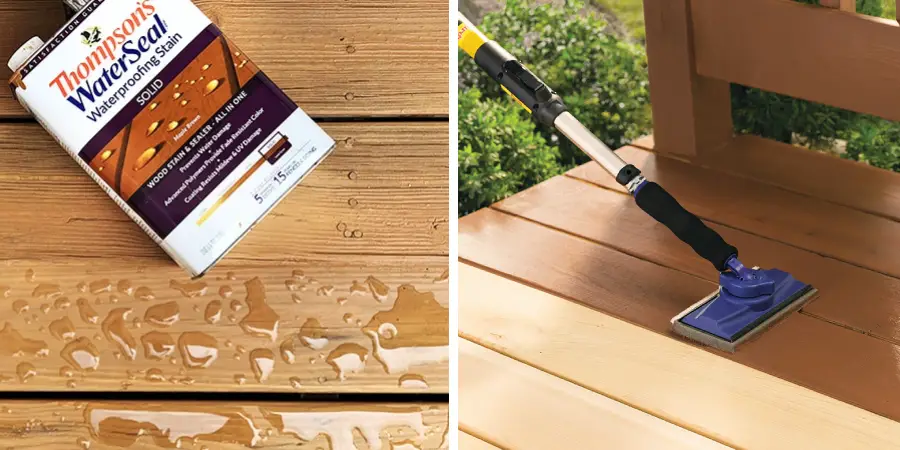
For homeowners or contractors tackling a deck refinishing job, having the right knowledge on how to properly remove Thompson’s Water Seal from wood can be essential. Stripping off old sealant is an arduous process that requires just the right amount of finesse and it’s important to do so correctly in order to get your surface ready for re-sanding and staining. Here we will provide you with all the tips you need to know about how to remove thompson’s water seal from wood!
Why is It Important to Remove Thompson’s Water Seal From Wood?
1. To Protect Wood From Uv Damage and Fading
Thompson’s Water Seal acts as a barrier to the sun’s ultraviolet rays, helping to prevent the wood from becoming discolored or faded over time. So it’s important to remove old Thompson’s Water Seal from wood in order to protect it from UV damage and fading.
2. To Enhance the Natural Beauty of Wood
Thompson’s Water Seal can change the color of your wood, making it appear darker than its natural color. By removing old Thompson’s Water Seal, you can reveal the true beauty of the wood, allowing it to shine in its natural state.
3. To Make Wood Easier to Clean and Maintain
Thompson’s Water Seal can make wood difficult to clean because any water-based cleaning product used on the material will be repelled by the sealant instead of penetrating into the surface. Removing Thompson’s Water Seal from wood will make it easier to clean and maintain.
4. To Prepare Wood for a New Sealant
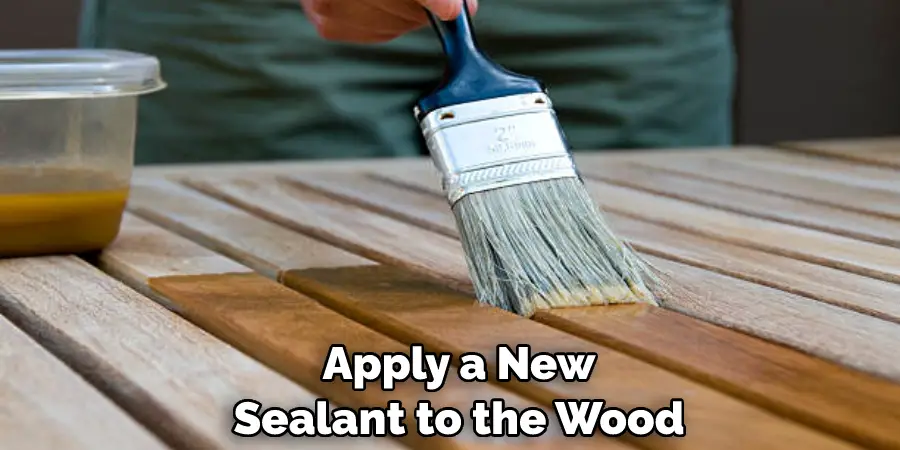
If you decide to apply a new sealant to the wood, it’s important to remove old Thompson’s Water Seal first in order to get the best results from your new product. Removing the existing sealant allows the new sealant to penetrate the wood and provide maximum protection.
5. To Allow Wood to Breath
Thompson’s Water Seal can block the natural pores in the wood, preventing it from breathing properly and leading to decay or rot down the line. Removing old Thompson’s Water Seal will allow the wood to breathe, helping it last longer and stay strong.
6. To Make Wood Suitable for Painting or Staining
Thompson’s Water Seal can interfere with the adherence of paint and stain, so it’s important to remove old Thompson’s Water Seal before painting or staining wood. This will ensure that your paint or stain will properly adhere to the surface and give you a smooth, even finish.
Taking the time to properly remove Thompson’s Water Seal from wood is important in order to protect it from UV damage and fading, enhance its natural beauty, make it easier to clean and maintain, prepare it for a new sealant, allow it to breathe properly, and make it suitable for painting or staining. With the right tools and techniques, you can remove Thompson’s Water Seal from wood safely and effectively.
15 Methods of How to Remove Thompson’s Water Seal From Wood
1. Use a Pressure Washer Set to No More Than 1500 PSI
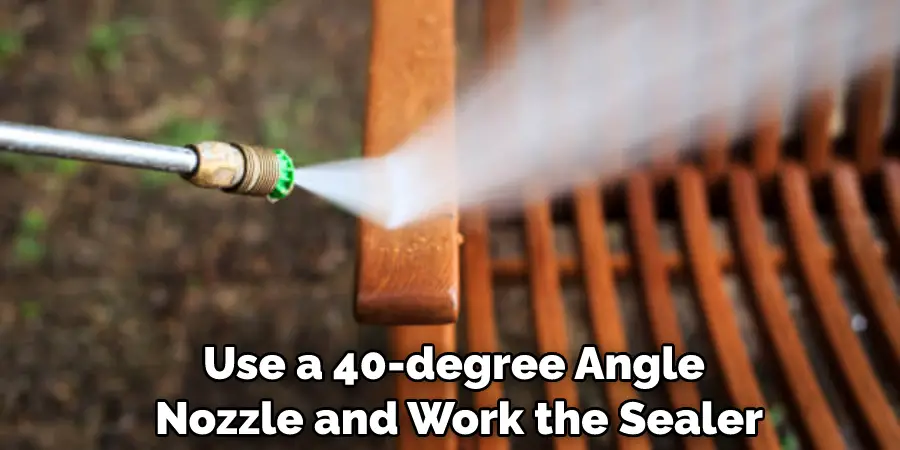
Use a 40-degree angle nozzle and work the sealer from bottom to top in 6-8 inch sections. Rinse the surface after each section with clean water. This will also help to check if the sealer is being removed.
2. Use a Chemical Stripper
Apply a chemical stripper to the wood surface using an acid-resistant brush or roller, then agitate it with a stainless steel scrub pad. Let it sit for 10 minutes and rinse the stripper off with clean water when finished. Repeat as needed.
3. Use a Heat Gun
Using a heat gun on a low-heat setting, move it slowly over the wood surface to soften the sealer and then scrape it off with a scraper or putty knife. Keep an area of about 3-4 square feet at a time so that the heat can be evenly distributed and not overheat the wood, which could cause damage.
4. Use Sandpaper
Sanding is an effective method to remove sealer from wood, but it can be labor-intensive. Start with medium-grit sandpaper and work up to fine-grit paper as you go along. Be sure to vacuum or brush off the sanding dust in between each step.
5. Use a Paint Stripper
Paint strippers are specifically designed to remove paint and sealers from wood surfaces. Follow the manufacturer’s instructions for best results and always work in a well-ventilated area. This will also help with the odor associated with paint strippers.
6. Use Citrus-Based Solvents
Citrus-based solvents are a great option for removing sealers from wood surfaces as they are biodegradable and non-toxic. Apply the citrus solvent to the surface, agitate it with a scrub pad or brush, and then rinse off the residue with clean water.
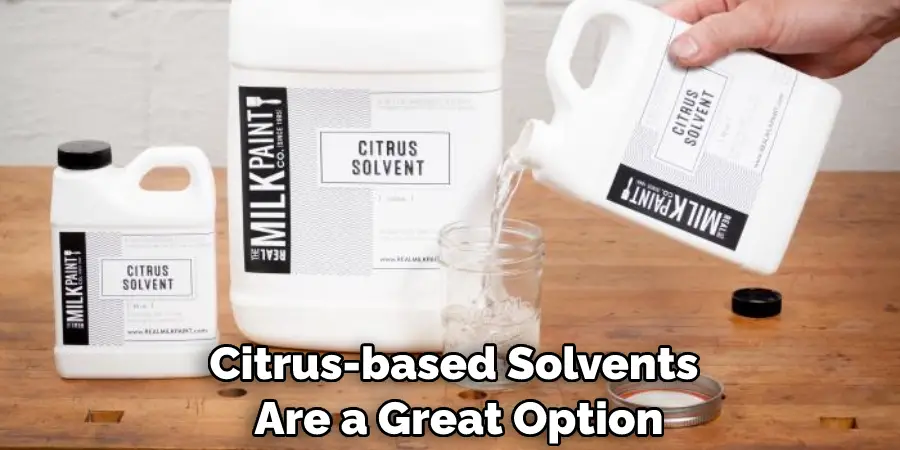
7. Use Boiling Water
Boiling water can be used to remove Thompson’s Water Seal from wood if it is not too heavily sealed. Fill a large pot or bowl with boiling water and pour it over the surface of the wood, agitating as you go along. Rinse off the residue with clean water.
8. Use a TSP Solution
Mix trisodium phosphate (TSP) and warm water together in a bucket to form a solution that can be used to remove Thompson’s Water Seal from wood surfaces. Apply it to the wood surface, agitate it with a scrub brush or pad, and then rinse off the residue with clean water.
9. Use a Paint Remover
Paint removers are specifically designed to remove sealers from wood surfaces, but they can be quite toxic and should only be used in well-ventilated areas. Follow the manufacturer’s instructions for the best results.
10. Use an Electric Pressure Washer
An electric pressure washer can be an effective way to remove Thompson’s Water Seal from wood surfaces. Set it to no more than 1500 PSI and use a 40-degree angle nozzle to work the sealer away in 6-8 inch sections. Rinse the surface with clean water after each section.
11. Use a Chemical Stripper With Citrus Solvent
Combine a chemical stripper with a citrus solvent to create an effective solution for removing Thompson’s Water Seal from wood. Apply the mixture to the surface, agitate it with a scrub brush or pad, and then rinse off the residue with clean water.
12. Use a Wood Cleaner
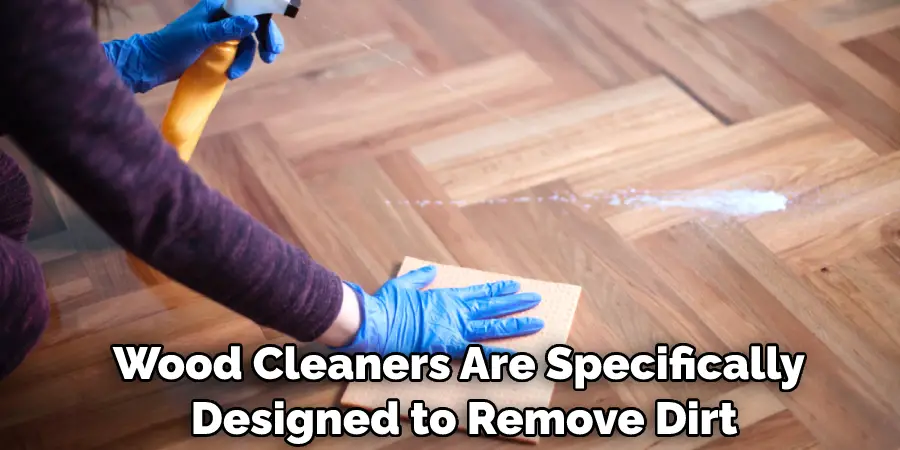
Wood cleaners are specifically designed to remove dirt and grime from wood surfaces, but they can also be used to remove sealers. Apply the cleaner directly to the wood surface, working in small sections at a time. Allow it to sit for 10-15 minutes before rinsing off with clean water.
Repeat as needed.
13. Use a Paint Thinner
Paint thinners can be used to remove sealers from wood surfaces, but they should only be used in well-ventilated areas and according to the manufacturer’s instructions. Apply it directly to the surface, agitating with a scrub brush or pad until the sealer is removed. Rinse off the residue with clean water.
14. Use Mineral Spirits
Mineral spirits can be used to effectively remove sealers from wood surfaces, but like the other solvents, should only be used in well-ventilated areas and according to the manufacturer’s instructions. Apply it directly to the surface, agitating with a scrub brush or pad until the sealer is removed. Rinse off the residue with clean water. Repeat as needed.
15. Use a Steam Cleaner
Steam cleaners are an effective way to remove Thompson’s Water Seal from wood surfaces without using harsh chemicals or solvents. Follow the manufacturer’s instructions for best results and always use caution when steaming wood surfaces. Rinse off any residue with clean water after each section is completed.
Frequently Asked Question
What Precautions Should I Take When Removing Thompson’s Water Seal From Wood?

It is important to take safety precautions when working with chemicals and products such as Thompson’s Water Seal. Always wear protective gear, including goggles, gloves, and a respirator mask if necessary. Make sure you work in a well-ventilated area, away from children and pets. Additionally, be sure to read the manufacturer’s instructions carefully before beginning any project.
Can I Use A Pressure Washer To Remove Thompson’s Water Seal From Wood?
Yes, pressure washers are an effective way to remove Thompson’s Water Seal from wood surfaces. However, it is important to adjust the settings on your pressure washer to avoid damaging the wood. Work on a low-pressure setting and gradually increase the pressure as needed. Additionally, be sure to keep the nozzle at least 12 inches away from the surface of the wood while you work.
What Cleaners Can I Use To Remove Thompson’s Water Seal From Wood?
You can use cleaners such as mineral spirits, paint thinners, and denatured alcohol to remove Thompson’s Water Seal from wood surfaces. Be sure to take the proper safety precautions, including wearing protective gear and working in a ventilated area. Additionally, always test the cleaner on an inconspicuous area of the wood before beginning your project. After you apply the cleaner, be sure to rinse the area with clean water and allow it to dry completely before applying a new coat of sealer.
How Much Time Does It Take To Remove Thompson’s Water Seal From Wood?
The amount of time it takes to remove Thompson’s Water Seal from the wood will depend on the size of the project and the techniques you use. If you are using a pressure washer, an average-sized deck may take up to two hours to complete. If you opt to use a chemical cleaner, the process may take longer. Be sure to read and follow the instructions on the product packaging for the best results.
Can I Leave Thompson’s Water Seal On The Wood?
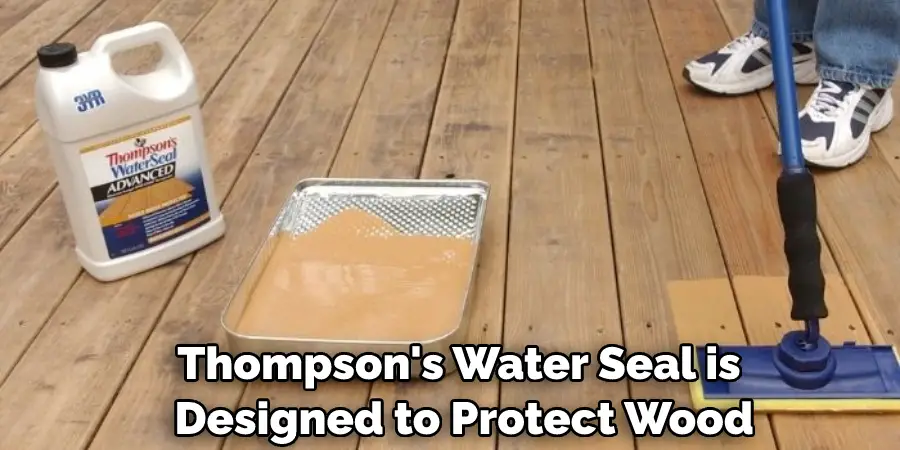
Thompson’s Water Seal is designed to protect wood surfaces from weathering and decay, so leaving it on the surface can be beneficial. However, if you are looking to make changes to the wood, such as painting or staining, it is important to remove the sealer first. This will ensure that your new finish adheres properly and looks its best. Additionally, Thompson’s Water Seal can become discolored over time, so you may need to strip and reapply the sealer periodically in order to keep your wood looking its best.
How Often Should I Reapply Thompson’s Water Seal?
It is recommended that Thompson’s Water Seal be reapplied every 3 to 5 years, depending on the amount of exposure your wood has to the elements. If you live in an area with frequent rain and wind, then you may need to reapply the sealer more often. Additionally, if you notice any discoloration or peeling of the sealer, then it is also time to reapply. Be sure to follow the manufacturer’s instructions for the best results.
What Is The Best Way To Apply Thompson’s Water Seal?
The best way to apply Thompson’s Water Seal is to start with a clean, dry wood surface. Make sure there is no dirt or debris on the wood before you begin. Then, using a brush or roller, apply an even coat of Thompson’s Water Seal over the entire surface. Allow it to dry completely before applying a second coat. Be sure to read and follow the manufacturer’s instructions.
Conclusion
After taking the time to read this post and understand what it takes to properly remove Thompson’s Water Seal, you have the necessary knowledge and skills needed to take on the task. Depending upon how much water seal needs to be removed, it could be a huge undertaking that may require a professional handyman. In any case, you now know exactly how to remove thompson’s water seal from wood.
Keep in mind that while Thompson’s Water Seal is designed to keep wood surfaces looking good and sealed, over-application can cause buildup that will eventually have to be removed anyway. As such, always be sure to carefully measure the amount of sealant being applied for optimal results. Above all else, keep your work area safe and secure so no one gets hurt during the process!

